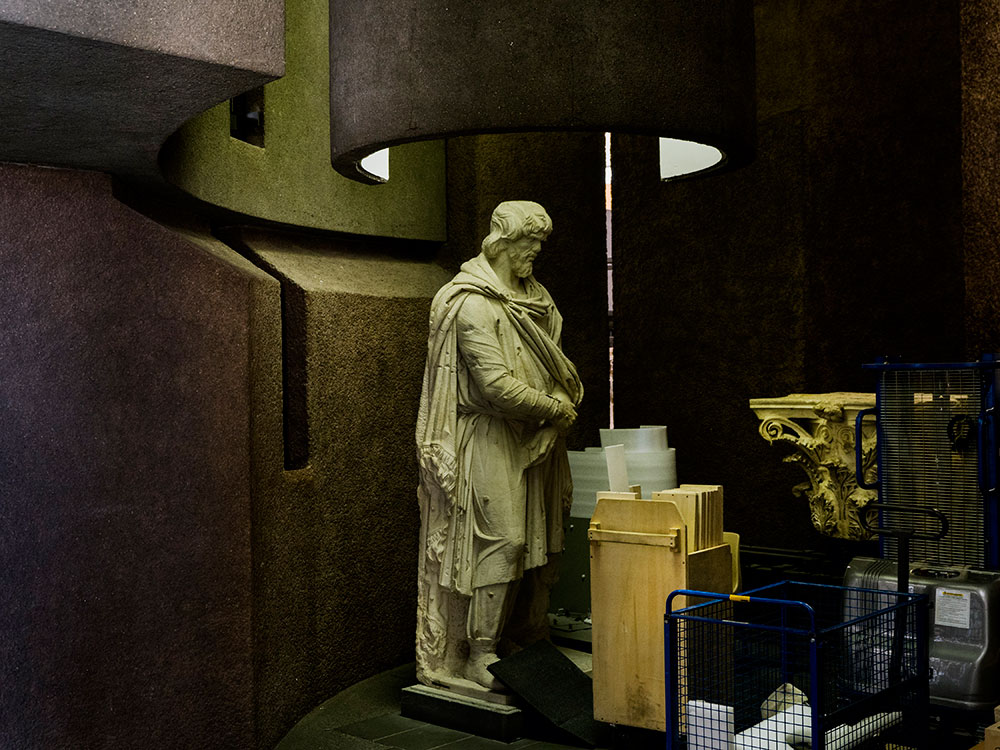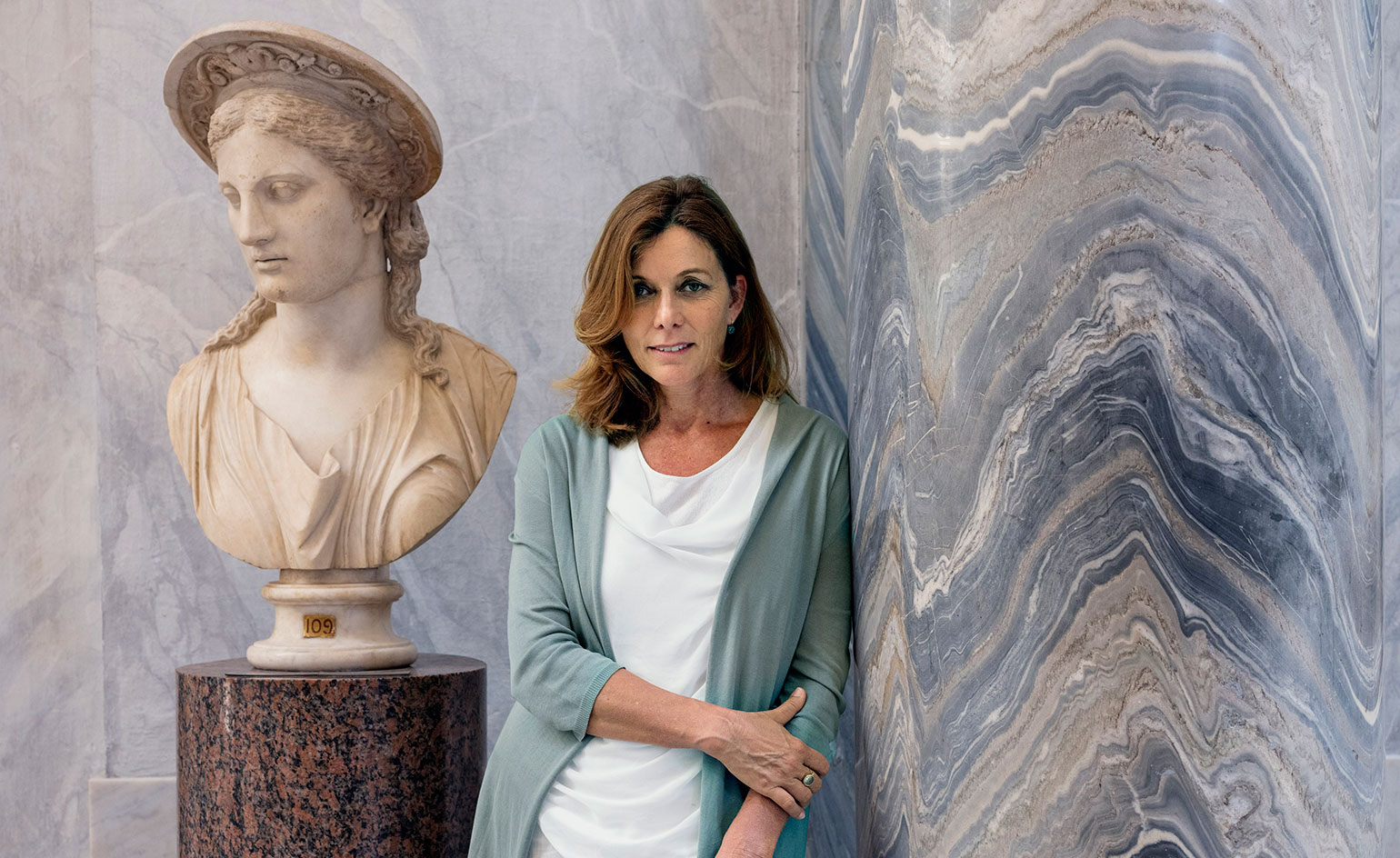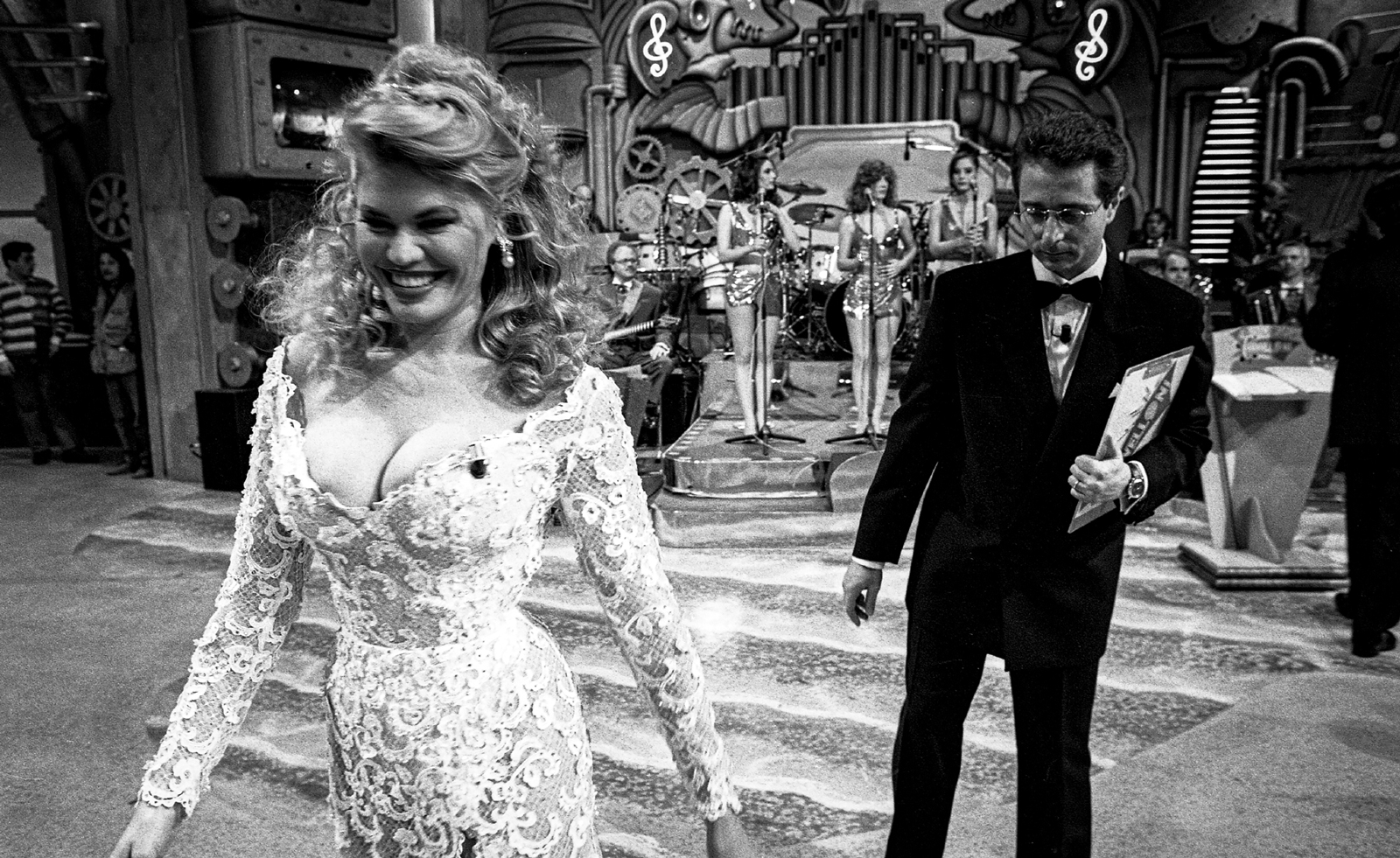Soul mates: the Vatican Museums’ new director invites us behind the scenes

Nesto is one of the 25,000 tourists who visit the Vatican City every day. For him, like many others, the trip to the heartland of the Holy See is a once-in-a-lifetime pilgrimage. However, he also had the opportunity last June to visit an exact replica of its greatest attraction, the Sistine Chapel, in his home town of Mexico City.
The $2.4m copy of Catholicism’s best-loved church was the brainchild of Mexican entrepreneur Antonio Berumen and funded privately. A team of Mexican photographers took more than two million photos of the original chapel’s every detail. These were then printed and mounted on canvas, and installed in a fullsize wooden replica of the chapel in Mexico City’s Plaza de la República.
It was the first time the Vatican had authorised such a project, but it won’t be the last. There are also plans to reproduce other sacred sites, among them the Raphael Rooms, a series of four papal apartments painted by the Renaissance artist in 1508.
‘The Sistine art project has been incredibly popular,’ says Barbara Jatta, the new director of the Vatican Museums. ‘But it’s costly and we can’t keep duplicating the same thing. However, we do want to reproduce those important moments in Christian history that you witness when you visit the Vatican.’ Taking the Vatican to the people instead of bringing the people to the Vatican is not only canny papal PR but it’s a practical win, too.
Every day, crowds large enough to fill the San Siro football stadium stream along the tiny city-state’s walkways, taking selfies and craning to glimpse frescoes through a sea of bodies. But tourism on this scale annihilates the thrill of seeing Michelangelo’s genius in the flesh and dampens the spiritual aura that those of faith anticipate. By replicating its treasures beyond its walls, the Vatican can reach those without the funds to make the journey, while managing the flow of visitors.

In the Gregoriano Profrano Museum, a 4th-century mosaic depicting athletes, originally from Rome's Baths of Caracalla.
When she was appointed as the first female director of the Vatican Museums earlier this year, Jatta became the highest-ranking woman within the Holy See. Above her are bishops, cardinals and the pontiff himself, a self-confessed art lover. She heads a team of around 600 and is responsible for the museums’ 54 galleries, among them the Ethnological Museum, which is filled with more than 80,000 ‘gifts’, offered to popes over centuries. They range from rare aboriginal death totems and carved panels from Borobudur, one of the world’s largest Buddhist temples, to Hindu deities and Islamic scrolls. ‘When you think of the Vatican, you think of Michelangelo or Raphael, but more than half of our collection is non-European artefacts,’ says the museum’s curator Padre Nicola Mapelli. ‘Missionaries gave us most of these things. The Vatican didn’t really document papal gifts back then, so I’m rewinding a few hundred years and uncovering the stories behind the objects.’
‘The Ethnological Museum is a pet project of Pope Francis [he’s the first non-European pope in over 1,000 years] and we want people to see the scale of what we have,’ says Jatta. Next year, a further 8,000 sq m of exhibition space will open, allowing many gifts in storage to be displayed for the first time. So what does the pontiff give as a gift? ‘Ancient books, rosaries,’ says Mapelli. (Barack Obama received the latter in 2014.)
Also reopening in the near future are the Etruscan Museum, founded in 1837 by Pope Gregory XVI, and the Gregoriano Profano Museum. Here, archaeological finds, mosaics and sculptures are displayed in a striking modernist addition created in 1970 by Roman architects Studio Passarelli. ‘One of the reasons these museums have been closed is due to a shortage of guards,’ says Jatta. In 2013, pickpockets operating within the Sistine Chapel became so numerous that even the tour guides threatened a strike. The Vatican is now recruiting more guards. ‘We need professionals, especially now terrorism is a huge threat.’ Armoured trucks, armed soldiers, carabinieri and airport-style security checks are the new reality at Rome’s major sites. Vatican employees must also be tightlipped, willing to operate under the veil of secrecy the Holy See demands. ‘These are the museums of the Pope,’ says Jatta carefully. ‘They are different to national institutions.’ Next year, a new entrance will help reduce queues, and a second route to the Sistine Chapel around the Apostolic Palace (which Pope Francis chose not to occupy in favour of a suite in the Vatican guesthouse) is opening. Other plans include featuring artworks that are not on display in the Vatican on the revamped Museums website, making souvenirs and books available to buy online 24/7, and extending opening times.

Artwork in storage awaits restoration.
While Pope Francis is a master of digital divinity – he has more than 12 million followers on Twitter, while four million on Instagram admire his aphorisms and films of his travels – Vatican City has no social media presence. A seemingly official Facebook page is operated by an enthusiast whom no one knows and whom they choose to ignore, but the lack of online engagement does nothing to help the Holy See’s image. ‘Little by little, we’ll adopt Twitter and Facebook,’ says Jatta.
Before becoming museum director, Jatta spent 20 years working in the Vatican Library. ‘In some ways it’s easier to get things done in here than in the outside world,’ she claims. Here, in her private office, real life feels very far away. Her huge windows offer views across private manicured gardens to the dome of St Peter’s. ‘I don’t have to deal with so many points of reference. I go straight to my boss, the cardinal president, to get things agreed.’
A portrait of Pope Francis hangs on the wall. Is he involved in every decision? ‘No. Art is important, but it’s not his main focus.’ However, he does call her every now and then. ‘Just the other day he phoned out of the blue to find out how the renovation of Castel Gandolfo [the papal summer retreat] was progressing,’ she pauses, and chuckles at the notion of her hotline to the pope.
As originally featured in the October 2017 issue of Wallpaper* (W*223)


Frescoes under restoration in the Room of Constantine, one of the four Raphael Rooms in the Apostolic Palace
INFORMATION
For more information, visit the Vatican Museums website
Wallpaper* Newsletter
Receive our daily digest of inspiration, escapism and design stories from around the world direct to your inbox.
Emma O'Kelly is a freelance journalist and author based in London. Her books include Sauna: The Power of Deep Heat and she is currently working on a UK guide to wild saunas, due to be published in 2025.
-
 Tour the best contemporary tea houses around the world
Tour the best contemporary tea houses around the worldCelebrate the world’s most unique tea houses, from Melbourne to Stockholm, with a new book by Wallpaper’s Léa Teuscher
By Léa Teuscher
-
 ‘Humour is foundational’: artist Ella Kruglyanskaya on painting as a ‘highly questionable’ pursuit
‘Humour is foundational’: artist Ella Kruglyanskaya on painting as a ‘highly questionable’ pursuitElla Kruglyanskaya’s exhibition, ‘Shadows’ at Thomas Dane Gallery, is the first in a series of three this year, with openings in Basel and New York to follow
By Hannah Silver
-
 Australian bathhouse ‘About Time’ bridges softness and brutalism
Australian bathhouse ‘About Time’ bridges softness and brutalism‘About Time’, an Australian bathhouse designed by Goss Studio, balances brutalist architecture and the softness of natural patina in a Japanese-inspired wellness hub
By Ellie Stathaki
-
 Miami’s new Museum of Sex is a beacon of open discourse
Miami’s new Museum of Sex is a beacon of open discourseThe Miami outpost of the cult New York destination opened last year, and continues its legacy of presenting and celebrating human sexuality
By Anna Solomon
-
 Remembering Oliviero Toscani, fashion photographer and author of provocative Benetton campaigns
Remembering Oliviero Toscani, fashion photographer and author of provocative Benetton campaignsBest known for the controversial adverts he shot for the Italian fashion brand, former art director Oliviero Toscani has died, aged 82
By Anna Solomon
-
 Distracting decadence: how Silvio Berlusconi’s legacy shaped Italian TV
Distracting decadence: how Silvio Berlusconi’s legacy shaped Italian TVStefano De Luigi's monograph Televisiva examines how Berlusconi’s empire reshaped Italian TV, and subsequently infiltrated the premiership
By Zoe Whitfield
-
 Louis Fratino leans into queer cultural history in Italy
Louis Fratino leans into queer cultural history in ItalyLouis Fratino’s 'Satura', on view at the Centro Pecci in Italy, engages with queer history, Italian landscapes and the body itself
By Sam Moore
-
 ‘I just don't like eggs!’: Andrea Fraser unpacks the art market
‘I just don't like eggs!’: Andrea Fraser unpacks the art marketArtist Andrea Fraser’s retrospective ‘I just don't like eggs!’ at Fondazione Antonio dalle Nogare, Italy, explores what really makes the art market tick
By Sofia Hallström
-
 Triennale Milano exhibition spotlights contemporary Italian art
Triennale Milano exhibition spotlights contemporary Italian artThe latest Triennale Milano exhibition, ‘Italian Painting Today’, is a showcase of artworks from the last three years
By Tianna Williams
-
 Walls, Windows and Blood: Catherine Opie in Naples
Walls, Windows and Blood: Catherine Opie in NaplesCatherine Opie's new exhibition ‘Walls, Windows and Blood’ is now on view at Thomas Dane Gallery, Naples
By Amah-Rose Abrams
-
 Raffaele Salvoldi stacks hundreds of marble blocks for dazzling Milan installation
Raffaele Salvoldi stacks hundreds of marble blocks for dazzling Milan installationFor a Milan Design Week 2023 installation, Italian artist Raffaele Salvoldi teams up with marble brand Salvatori to create architectural sculptures comprising hundreds of marble blocks
By Harriet Lloyd-Smith